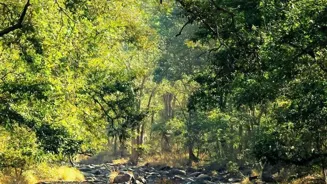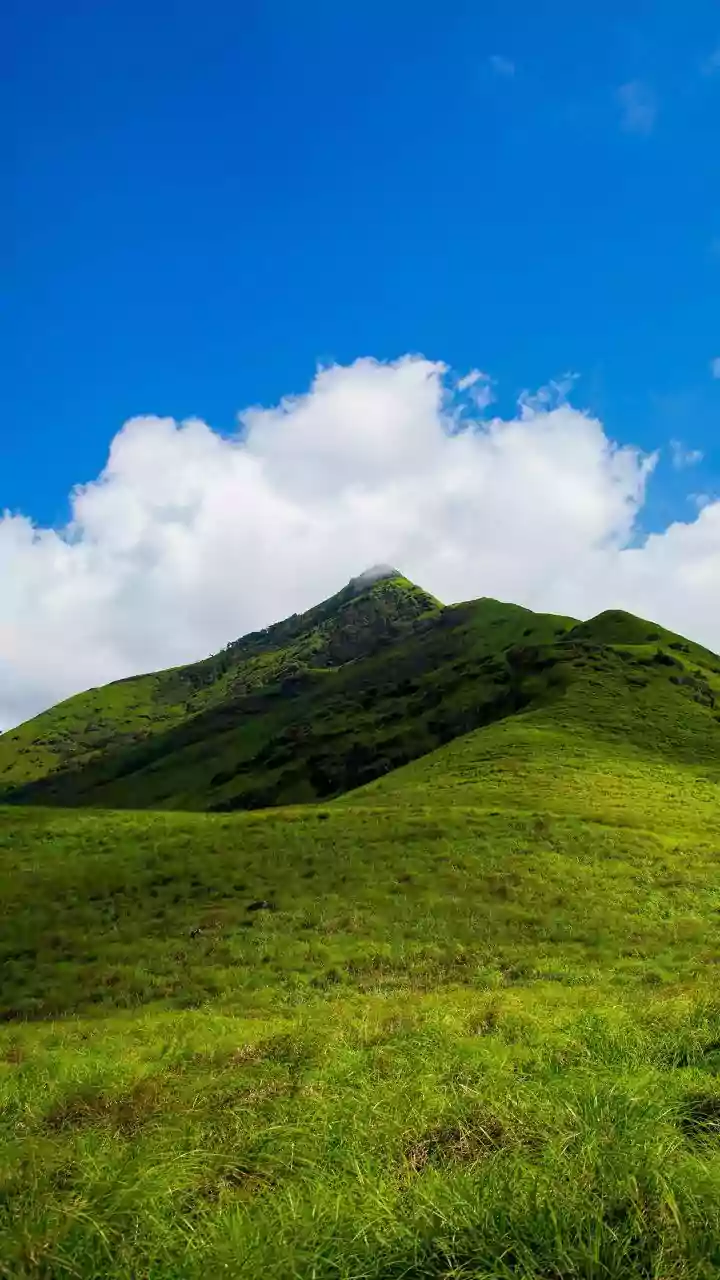Botanical Breakthrough Unveiled
The recent findings of the Dharwad-based botanists represent a substantial contribution to botanical knowledge, specifically within the context of India's
rich biodiversity. The research team, under the guidance of botanist K. Kotresha, was responsible for the identification and classification of these previously unknown species. Their work adds to the growing catalog of plant life within the Western Ghats, a region known for its significant ecological importance and unique flora and fauna. The discovery underscores the need for further research and conservation efforts to understand and protect this delicate ecosystem. This is a major contribution, as it expands the known plant species and offers insights into the evolution and ecology of the Western Ghats’ plant life. Detailed studies of these new species can provide essential data for conservation strategies.
Western Ghats Biodiversity
The Western Ghats, a mountain range running along India's western coast, is a globally recognized biodiversity hotspot. The area’s unique topography and climate contribute to an astonishing array of plant and animal life, making it a prime location for scientific investigation. The identification of these four new plant species emphasizes the region's critical role in global biodiversity. The Ghats, often called the Sahyadri, are home to a diverse array of species, many of which are endemic, meaning they are found nowhere else on Earth. These new discoveries highlight the pressing need for conservation actions to safeguard this rich, fragile ecosystem. These newly discovered species contribute to the already diverse range of flora, enhancing the overall understanding of the Western Ghats' ecological structure.
Team's Research Efforts
The team's research involved intensive field work, meticulous examination of plant specimens, and detailed scientific analysis. Led by K. Kotresha, the botanists from Karnatak Science College Dharwad conducted thorough investigations across several sites within the Western Ghats. They collected, examined, and categorized numerous plant specimens. The careful documentation, alongside the comparison of morphological and genetic traits, were essential for establishing the distinctiveness of these new species. The team's dedication to their research involved not only identification, but also the broader documentation of the habitats and ecological roles of these species. The success of their research serves as a testament to the importance of detailed botanical studies, which contribute fundamentally to the expansion of our botanical understanding. The research's success underlines the importance of persistent and detailed field work in botany and other related fields.
Implications and Future Studies
The discovery of these four new plant species has far-reaching implications, extending beyond the immediate realm of botanical science. They further highlight the importance of conservation efforts within the Western Ghats. By understanding the specific requirements of these newly found species, scientists and conservationists can formulate specific conservation strategies to secure their long-term survival. The work also emphasizes the necessity for ongoing research to explore the depths of the area's botanical diversity. Future studies will likely center on the ecological roles these species play within their respective habitats, their genetic diversity, and their responses to climate change and other environmental pressures. This continued investigation is essential for protecting the complex interdependencies that support the overall health of the Western Ghats ecosystem. This research promotes additional studies to protect the delicate ecological structure of the area.











